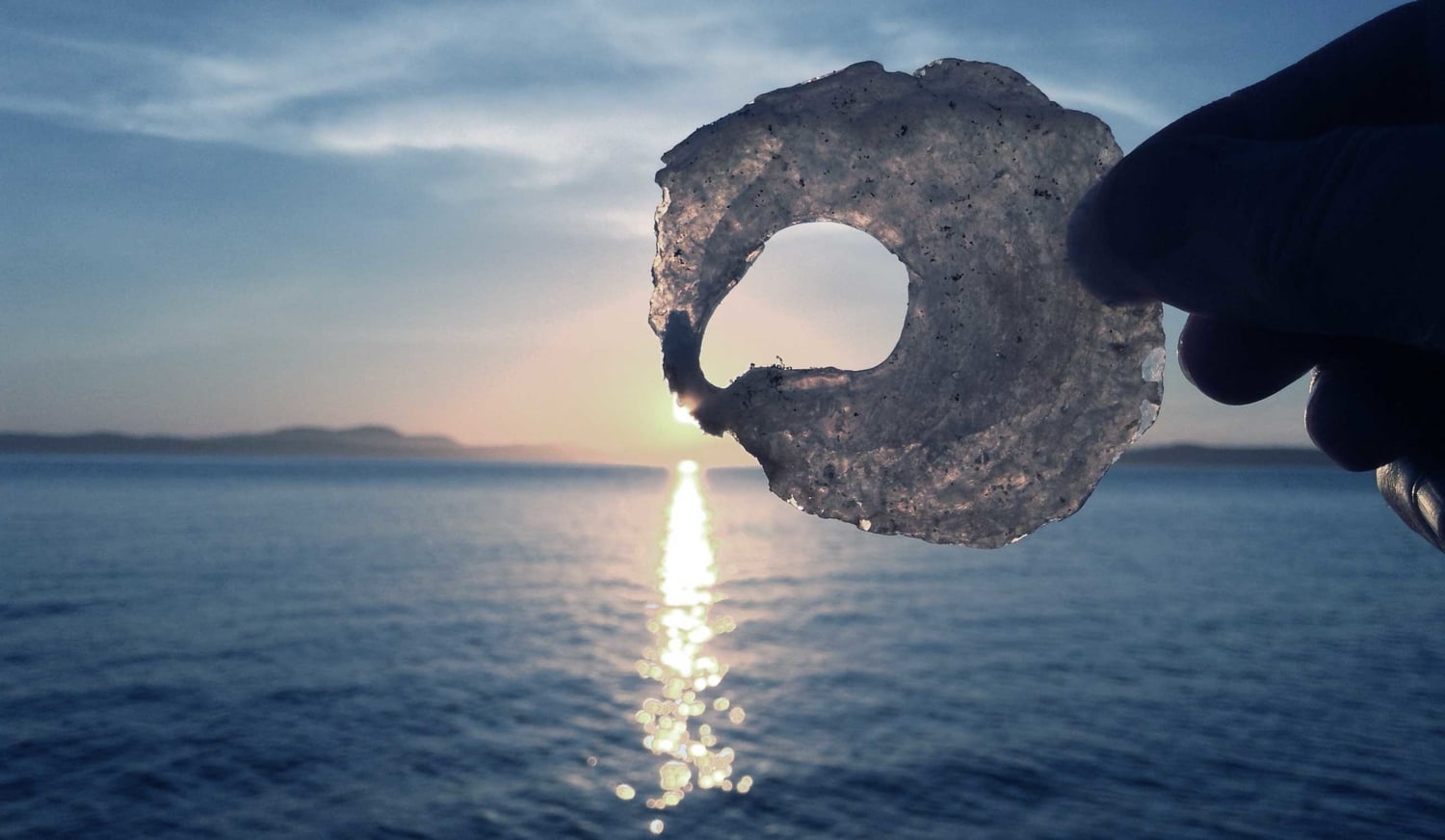The Distracted Isle
Well, civilization is finally coming to Lopez Island. After at least a decade of avoiding the ubiquity of cell towers, our electric utility Opalco has signed an agreement with T-Mobile to install 4G LTE cell towers on utility poles around the island. A few have already gone up, and many more are planned (38 in total for the County).
Many citizens are concerned about this development, for varying reasons. Some folks are concerned with the possible adverse health effects of electromagnetic radiation (a.k.a. EMR); some folks are not worried about EMR per se, but feel that having "good" cell phone reception will negate some of the advantages of living in a community that isn't quite as obsessed with connectivity as the mainland (a.k.a. America).
I am in the latter group. A few years ago I wrote about the EMR kerfluffle as it was unfolding at the time, when the broadband plan was initially put forth. I am not convinced that the electromagnetic "radiation" (scary word!) from cell towers is any more toxic to our health than other radio frequencies, or wood smoke, or arsenic in groundwater, or any other of a million things that we are exposed to on a daily basis.
But I do see a real threat to our local culture as the "always connected" mindset begins to dominate, and we are expected to keep up with everything...
I'm one of a gazillion people who are writing about this very same subject at this moment. There's no doubt that as human beings, we are losing something when the cell phone becomes a dominant feature in every interaction between human individuals, and between humans and the world around us. Does a sunset or a flower exist for itself, or so we can post it on Instagram? If we do not "capture the moment" does it negate the experience? (I take pictures and post them on Instagram, so I'm not casting any stones here...)
One reason these questions concern me is that I am acutely aware of my own neurological tendency to be distracted, and how the internet fuels that distraction. I make a living on the internet, and more than that I have come to depend on it as a source of knowledge and information. I spend hours just about every day online, and I think I'm pretty good at using the Interwebs. I get the internet: it's cool, it's fun, and it's very, very useful.
But when I step outside, I'm not connected to the Web, and neither are the friends I'm hiking with. When you go to a gathering on Lopez it's rare to see someone glued to a screen. Lopez has a culture that, while not discouraging cell phone use, certainly doesn't encourage or fetishize it.
Recently the Chamber of Commerce came up with an idea to promote Lopez via an app—visitors could "check in" at various sites around the island and earn points to be rewarded... somewhere. (I'm not too clear on the actual goal of the thing.) People went kinda ballistic when it was revealed that a lot of our cherished natural places were going to be "check in" spots. Fast forward, and the natural sites were removed from the app—but the fact is that someone (or more accurately many someones) thought it appropriate that visitors would use our beaches, trails, rocky bluffs, and forests as if they were a video game.
Such is the power of this new force: we have become conditioned to accept that the natural world is just another game to consume.
OK, time for me to summon my inner crank and start snarling about "when I was a kid...!" But really, when I was a kid, we didn't have little computers in our pockets that allowed us to check out of the work around us. We had to resort to comic books and Gilligan's Island reruns for that. And Mom would stride in and turn off the TV when it was time to do homework...
Nevertheless, in the 60's kids suffered from attention deficit disorders—we just didn't generally know it at the time. I was not neurotypical: I was one of those distractable, under-achieving kids that stymied my teachers and my parents. Adding the internet into my available escape routes might have been a good thing, but it might also have been disastrous. How parents today deal with "screen time" is utterly beyond my imagination.
Clearly, we're not wired to handle the level of sensory stimulation that pervades modern life. (You can Google that if you want to. But trust me, it's true.) That's one reason why people come to places like Lopez: to unplug. A place that isn't plastered with TVs, that has crappy cell phone reception, that has amazing natural places to experience... these places are too rare, and too precious to sacrifice.
Well, looky there!
What can we as a community do about this new onslaught, this new reality of "more capacity, faster speeds, and a superb experience" ? Well, the reality is... we can't do anything about the cell towers. Federal law forbids local jurisdictions from prohibiting the "provision of personal wireless services." Even if some citizens managed to bring a case against the towers, the majority of islanders support "better" connectivity.
But maybe there is another way for us to advance the conversation. Maybe we can think of ways to nurture the idea that people visiting Lopez would voluntarily unplug—that this community values experiences that don't require an internet connection. We can put forth the idea that unplugging is good for the body and soul. We can encourage focus, instead of distraction.
We can use the tools of promotion, too—we can "brand" our own message: a message of engagement with the world around us, instead of a screen.
What do you think the LopezUnplugged Brand would look like?
Ideas
- The Focus Manifesto (free e-book)
- Hey, use The Google! How to Upnplug


